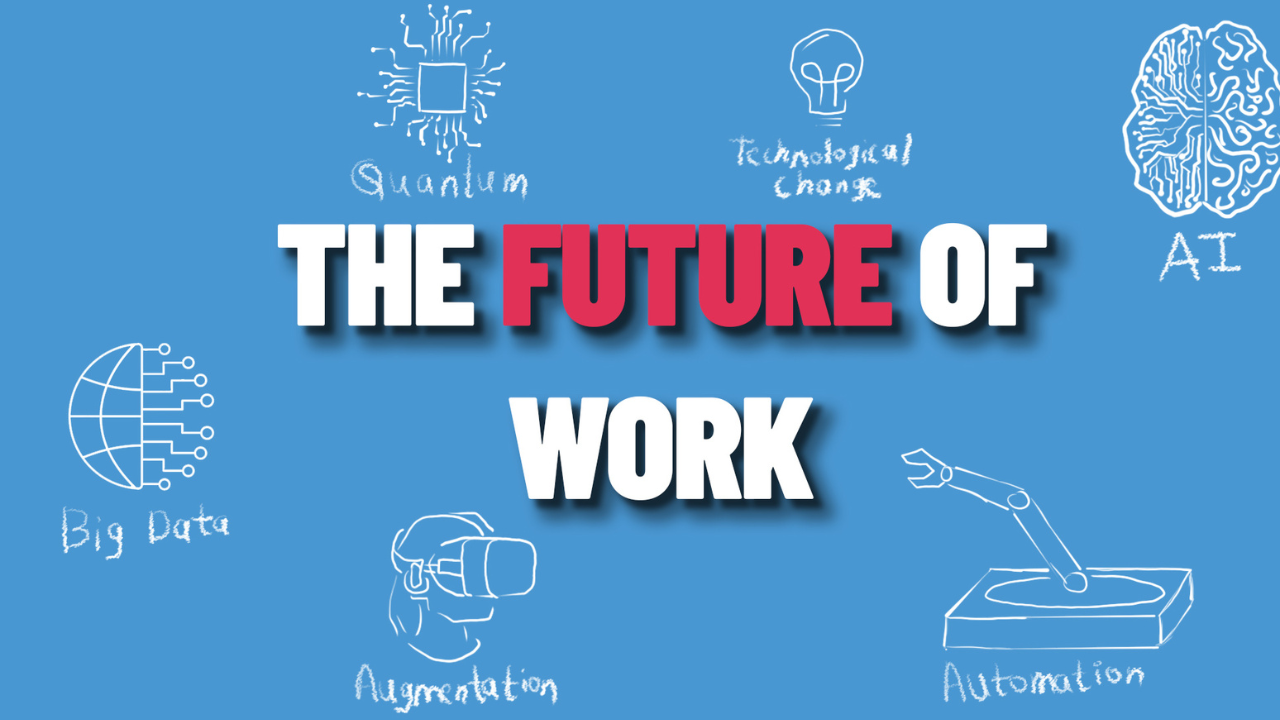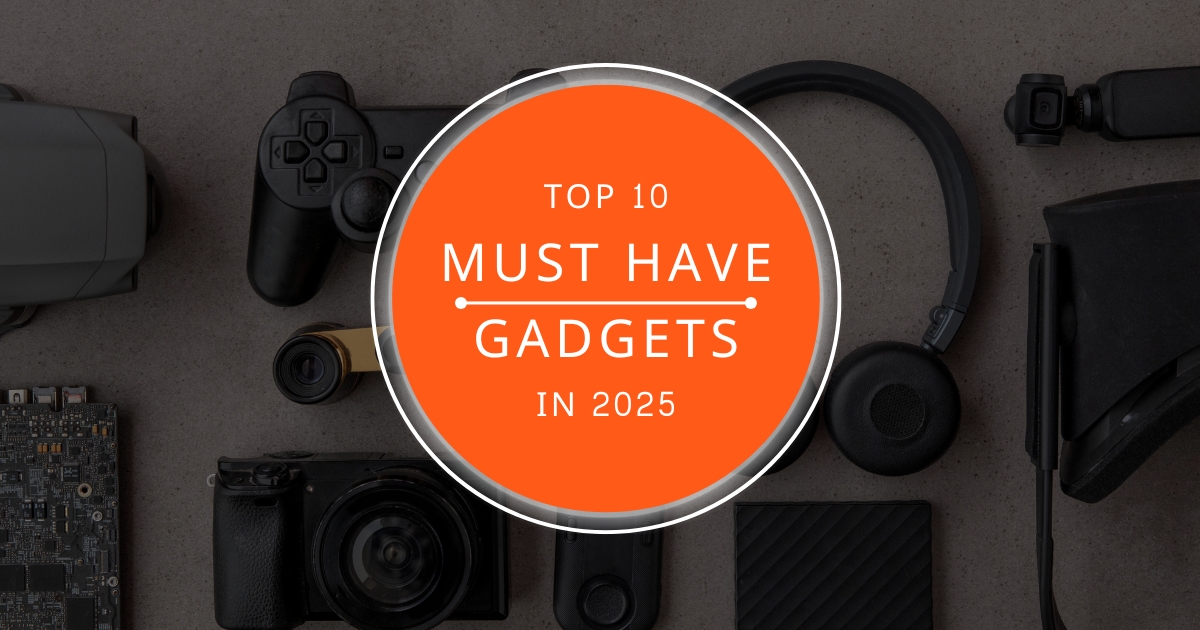Introduction
The workplace has always evolved with technology—from the Industrial Revolution to the rise of the internet. But in 2025, the pace of change is faster than ever before. Artificial intelligence, automation, robotics, and remote collaboration tools are reshaping how people work, where they work, and the skills they need to succeed.
This article explores how technology is changing jobs in 2025, the opportunities it creates, the risks it poses, and how individuals and businesses can adapt to the future of work.
1. Artificial Intelligence: The New Co-Worker
Artificial Intelligence (AI) is no longer limited to research labs—it is now embedded into workplaces worldwide. By 2025, AI is being used for:
- Customer Support: Chatbots and virtual assistants handle millions of daily customer queries.
- Data Analysis: AI tools process massive amounts of business data in seconds.
- Recruitment: Algorithms scan resumes, shortlist candidates, and even assess video interviews.
Instead of replacing humans entirely, AI often acts as a collaborative tool, freeing employees from repetitive tasks so they can focus on creative problem-solving.
2. Automation and Robotics
Automation is transforming industries from manufacturing to logistics. In 2025, robots are not just in factories—they are in warehouses, hospitals, and offices.
- Manufacturing: Smart robots handle complex assembly lines.
- Healthcare: Robotic assistants help surgeons perform delicate operations.
- Retail & Delivery: Autonomous drones and vehicles speed up shipping.
While automation raises concerns about job losses, it also creates new roles in robot maintenance, programming, and AI ethics.
3. Remote Work and Hybrid Offices
The COVID-19 pandemic accelerated remote work, and by 2025, hybrid work models are the norm. Cloud platforms, AI-driven collaboration tools, and VR meeting rooms allow teams to work seamlessly across the globe.
- Benefits for Employees: Flexibility, reduced commuting, better work-life balance.
- Benefits for Employers: Access to global talent, cost savings on office space.
- Challenges: Cybersecurity, employee engagement, and digital burnout.
In fact, virtual offices in the Metaverse are emerging, allowing employees to interact through avatars in immersive 3D spaces.
4. Upskilling and Lifelong Learning
As jobs evolve, so do skill requirements. By 2025, workers need to adopt a lifelong learning mindset. Skills in AI, coding, data science, cybersecurity, and digital communication are in high demand.
- Companies: Offering online learning programs through platforms like Coursera, Udemy, and LinkedIn Learning.
- Governments: Supporting workforce reskilling initiatives to reduce unemployment.
- Individuals: Taking responsibility for upgrading their digital and soft skills.
The future belongs to those who can adapt and learn quickly.
5. The Rise of Freelancers and the Gig Economy
Technology platforms like Upwork, Fiverr, and Toptal have made freelancing mainstream. In 2025:
- Many professionals prefer freelancing for flexibility and independence.
- Businesses rely on freelancers for specialized projects.
- Digital platforms use AI to match freelancers with projects more efficiently.
This trend is reshaping traditional employment, giving workers more autonomy but also less job security.
6. Cybersecurity Jobs on the Rise
As businesses move to cloud-based and remote work systems, cybersecurity becomes one of the fastest-growing career fields in 2025.
- New Threats: Ransomware, AI-driven cyberattacks, and data breaches.
- New Roles: Cybersecurity analysts, ethical hackers, and digital privacy officers.
- Global Demand: Millions of unfilled cybersecurity jobs worldwide.
Protecting data and digital infrastructure is now as important as traditional security guards in the workplace.
7. Ethics, AI Regulation, and Human-Centered Work
With AI becoming a key part of workplaces, ethical concerns are front and center. Companies face questions like:
- How do we prevent AI from replacing too many human jobs?
- How do we ensure fairness in algorithm-based hiring?
- How do we balance productivity with employee well-being?
In 2025, governments are introducing AI regulations, while businesses are building ethical AI frameworks to ensure technology benefits humans, not just profits.
8. Opportunities for Businesses and Workers
- For Businesses:
- Automation increases efficiency and reduces costs.
- Remote work expands access to global talent.
- AI-driven insights lead to smarter decision-making.
- For Workers:
- More flexibility with remote/hybrid jobs.
- New career paths in AI, data science, cybersecurity, and green technology.
- Freelancing and entrepreneurship are more accessible than ever.
9. Risks and Challenges of the Future Workplace
- Job Displacement: Low-skill jobs are at the highest risk of automation.
- Digital Divide: Workers without access to technology or training may fall behind.
- Mental Health: Remote work can blur personal and professional boundaries.
- Privacy Concerns: Increased surveillance in workplaces may raise ethical issues.
10. Predictions for the Next 5 Years
Looking beyond 2025, the future of work will continue to evolve rapidly:
- AI will become a standard co-worker in most industries.
- AR/VR meetings will replace many traditional video calls.
- Sustainable and green jobs will grow due to climate change policies.
- Emotional intelligence and creativity will be as valuable as technical skills.
Conclusion
The future of work in 2025 is not about humans vs. machines—it’s about humans with machines. Technology is transforming jobs, creating new opportunities, and reshaping the skills we need. Businesses must adapt to stay competitive, and individuals must embrace continuous learning to thrive.
The key takeaway: Technology will not replace humans, but humans who use technology will replace those who don’t.
Suggested Image for the Article
📷 Image Idea:
A futuristic office scene where humans, AI robots, and holographic screens are working together. Some employees are working remotely via VR headsets, while others interact with AI assistants.

